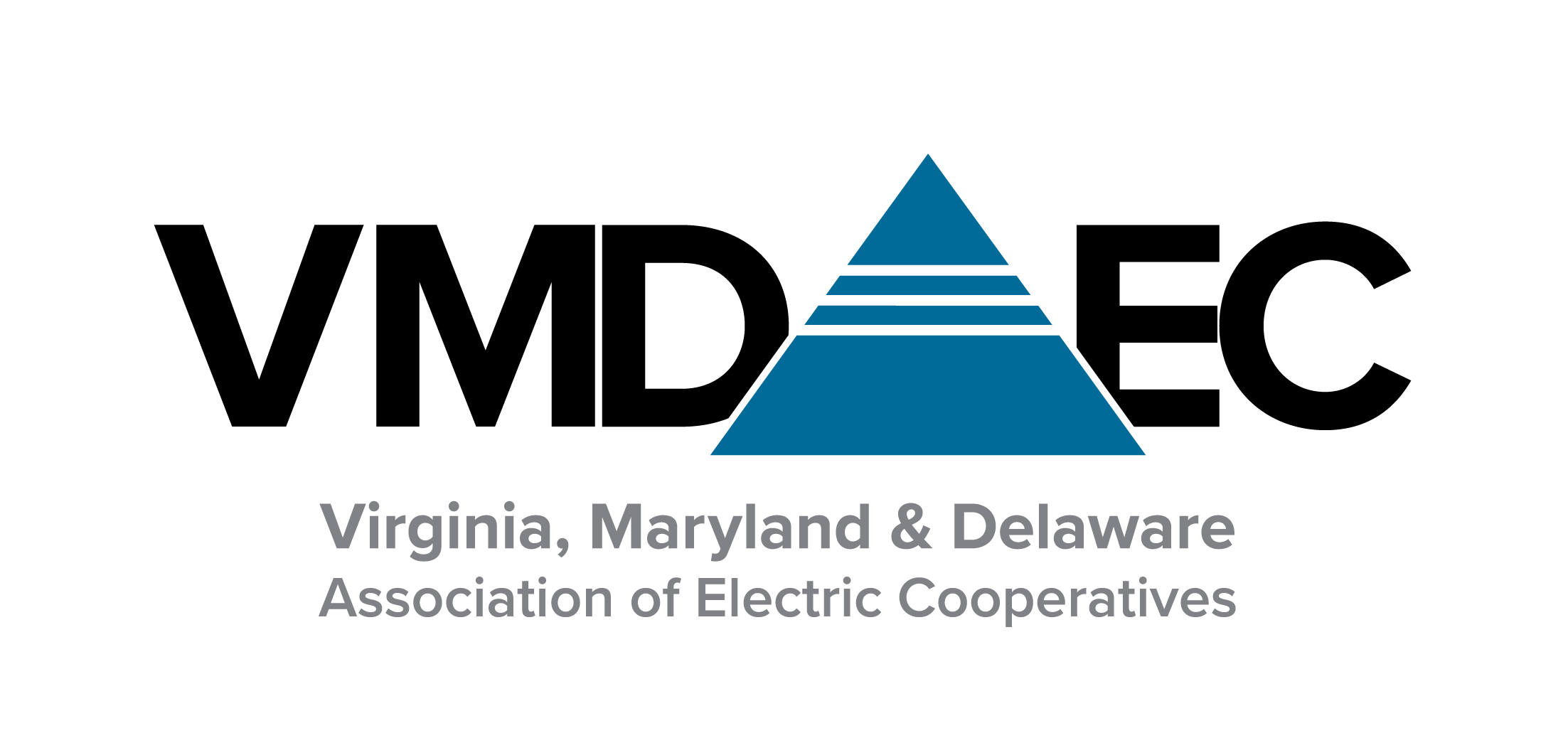ABOUT VMDAEC

The Virginia, Maryland & Delaware Association of Electric Cooperatives exists to serve the member-owned electric cooperatives in the three-state area. Thirteen co-ops in Virginia, two in Maryland and one in Delaware are members of the Association, which marked its 75th anniversary in 2019.
Association member cooperatives serve more than 2 million people in the three states through more than 700,000 meters in Virginia, more than 200,000 meters in Maryland and more than 110,000 meters in Delaware. About 90 percent of these meters serve residences.
Electric cooperatives are consumer-owned, state-chartered electric utilities. The Association is the largest consumer organization in each of the three states.
Each of the Association’s member systems is represented by two directors on the Association’s board. Officers are elected each year for one-year terms following the annual membership meeting in July. The Board establishes policy and provides direction with quarterly board meetings held in January, April, July and October. Board committees provide planning and direction for the Association’s departments.
The Association employs a president and chief executive officer. The Association and sister organization ODEC (a power supply cooperative serving 11 of the Association’s 15 members) jointly own Regional Headquarters, Inc., which owns the Electric Cooperatives Building outside Richmond that houses both organizations.
The Association has approximately 24 full-time positions to serve its members’ needs. The purpose of the Association is to provide services that can best be performed as a group effort on a state or regional basis. Activities generally fall into our workgroups: Communications and Public Relations; Member and Public Affairs; and Safety, Training and Education Services.
The Association has proven to be of considerable value in providing coordination of activities concerning matters being considered at the national level by the Rural Utilities Service, the National Rural Electric Cooperative Association, the National Rural Utilities Cooperative Finance Corporation, the National Rural Telecommunications Cooperative, Federated Rural Electric Insurance Exchange and CoBank.
The Association’s role in providing key legislative, marketing, communications and training support has increased substantially in recent years due to the growth of state and federal laws and regulations affecting the electric utility industry.

